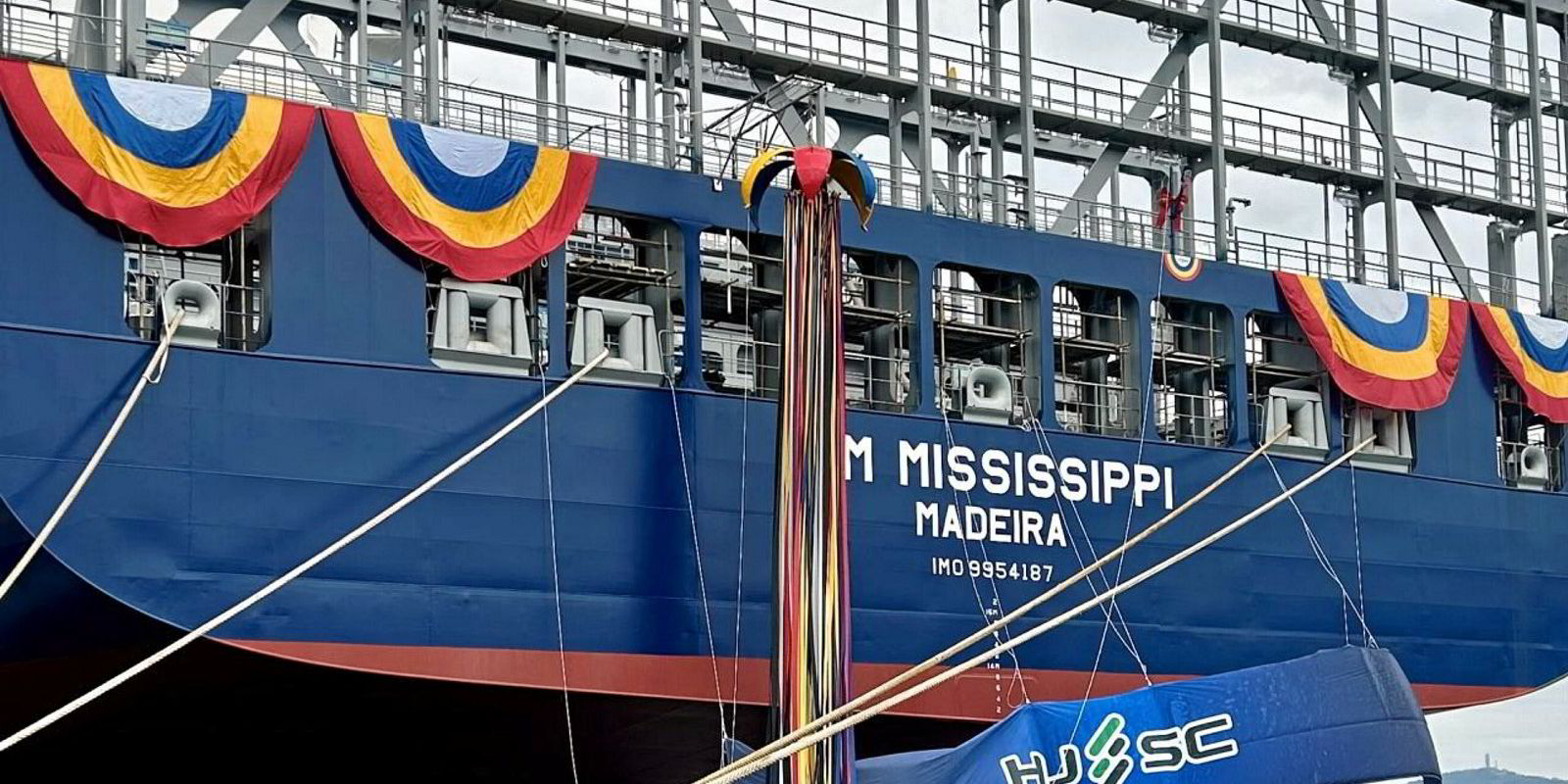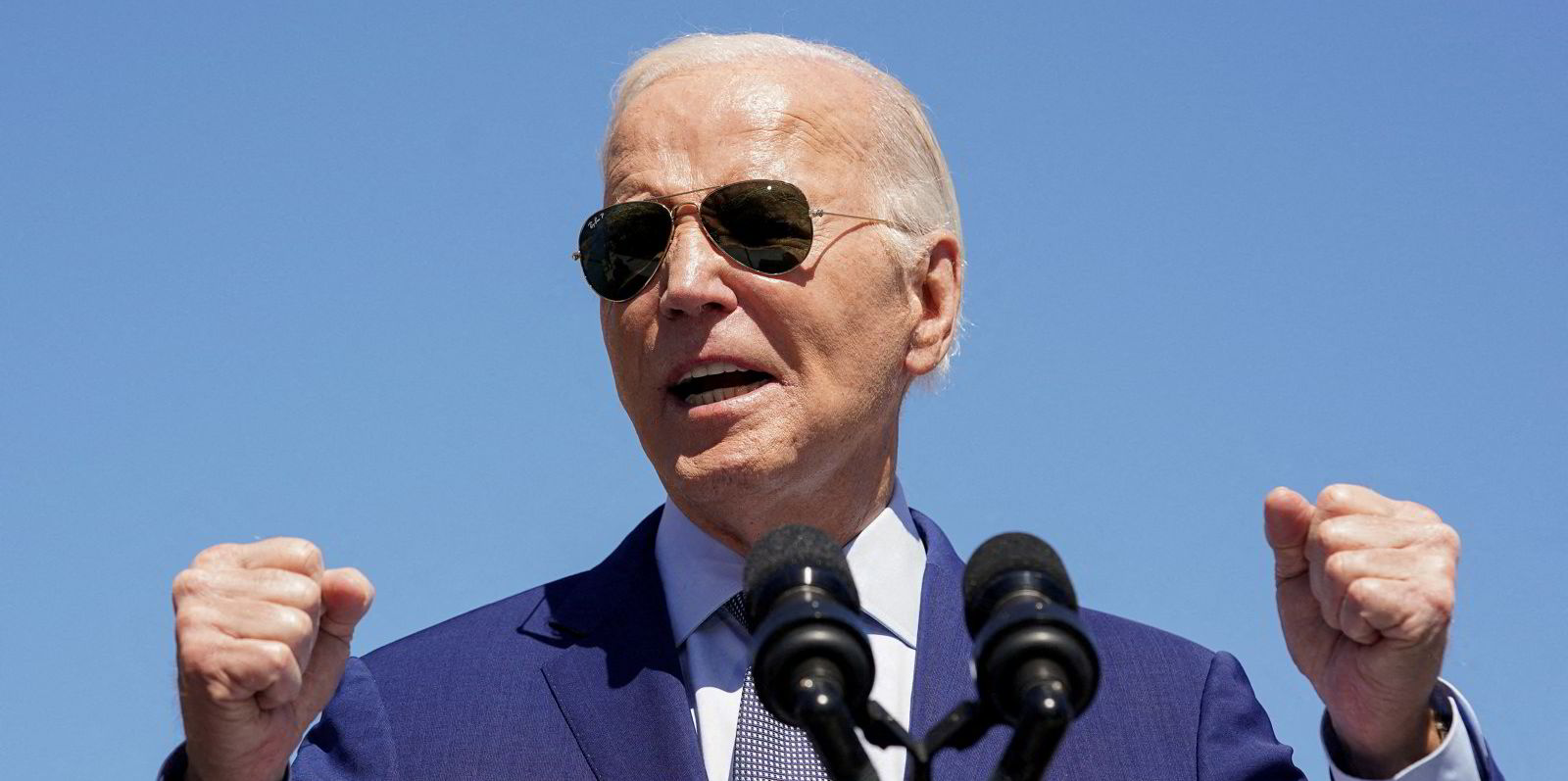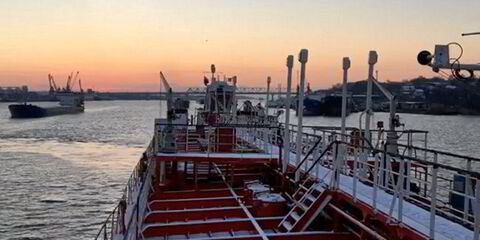Container freight rates have fallen steeply, with some trades down nearly 40% from their recent highs.
The Freightos Baltic Global Container Index (FBX), a basket of 12 trades, dropped $179 over the Easter weekend to $2,503 per 40-foot equivalent unit (feu) today.
That is a fall of over 28% from its Valentine’s Day peak of $3,482 per feu.
It takes global freight rates back to where they were at the beginning of the year — although they are still about twice the level they were before Christmas.
The drop in the FBX is largely due to falls on the Asia to US trade where rates have resumed their downward trend of the past two months.
Rates from Asia to the US East Coast fell over Easter to $4,304 per feu today.
That is down 37% from $6,850 per feu on 9 February.
Rates from Asia to the US West Coast slipped about 10% to $3,263 per feu, down from a peak of more than $5,000 nearly two months ago.
On some trades, rates seem to have stabilised.
Freight rates from Asia to Europe have risen slightly over recent days to $3,411 per feu.
But rates from Asia to the Mediterranean have nosedived.
These dropped $757 over Easter to $4,550 per feu today, which is down from nearly $7,000 on 9 January.
Sustainable
Average freight rates remain double where they were before Christmas, when Houthi attacks on ships led to many vessels being diverted away from the Red Sea.
But some question how long such levels will be sustained amid a rising wave of container ship newbuilding deliveries.
Some 41 container newbuildings joined the global fleet in March alone, adding some 260,000 teu of capacity, according to Alphaliner.
The largest of the new container ships was Hapag-Lloyd’s LNG-powered, 23,664-teu Busan Express (built 2024), built by Hanwha Ocean (ex-DSME) of Korea.
Ten neo-panamax ships up to 16,600 teu were delivered, along with nine Bangkokmaxes of about 1,800 teu each, according to Alphaliner.
China’s CSSC Group alone handed over eight ships with a total capacity of about 61,400 teu.





